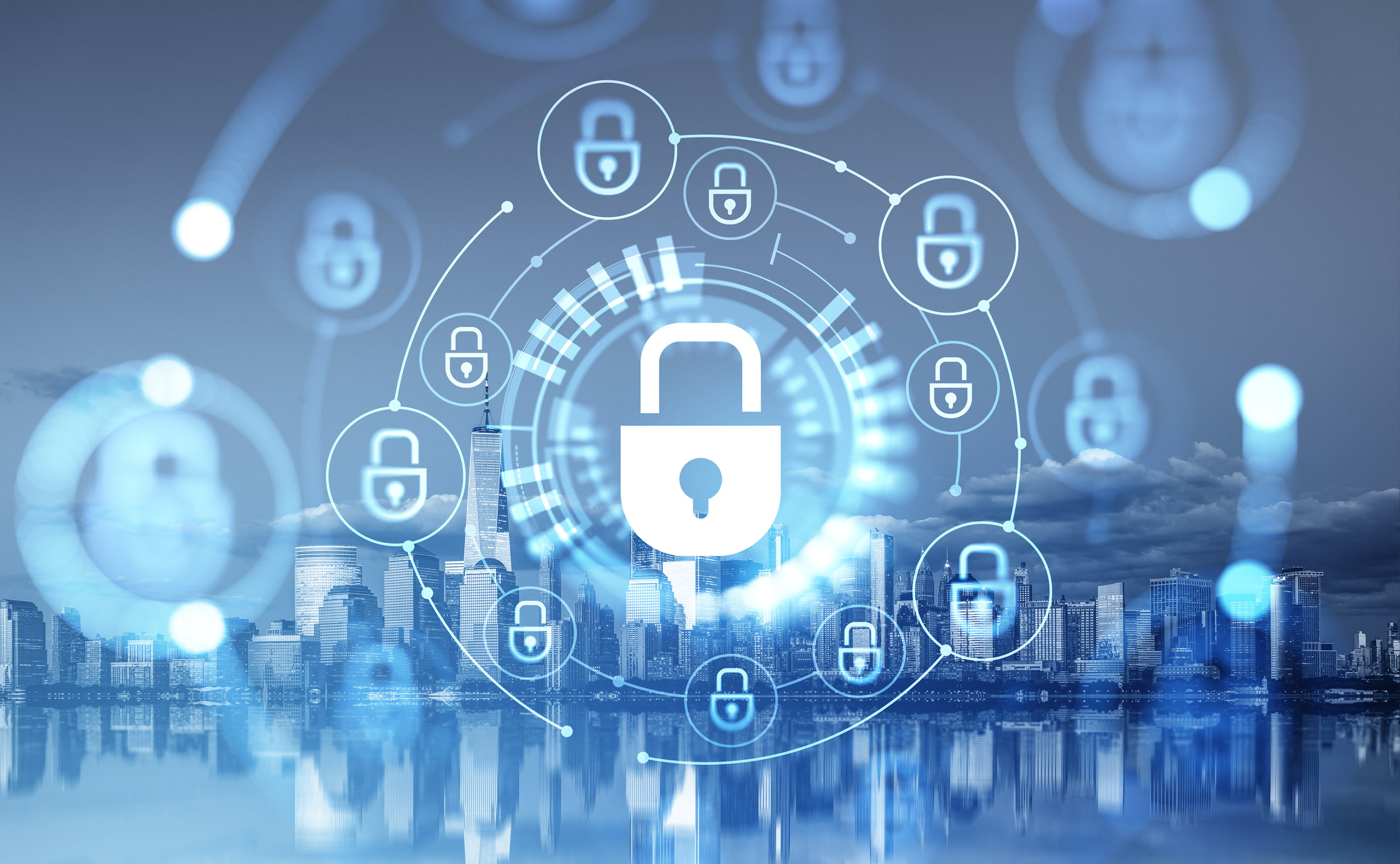
Cybersecurity: A Growing Concern in the Education Sector
| January 6, 2023Probably the last thing educators or students anticipate when preparing for the school year is potential cyber threats. However, cyber threats have become increasingly common among schools and universities.
It should come as no surprise that many schools and universities are now starting to take cybersecurity seriously, implementing multiple strategies and policies to enhance their overall security. Keeping up with the rapidly evolving tech landscape and the growing number of digital threats is a continuous process.
Cybersecurity is as prevalent in education as in any other industry
What is Cybersecurity?
Cybersecurity is the practice of protecting networks, devices, programs, and data from malicious digital attacks. Cybersecurity helps protect schools from cyberattacks that can significantly disrupt their behavior and operations. These attacks can come in different forms, including phishing and ransomware, yet all of them can be extremely damaging if not properly addressed.
There is no single solution to cybersecurity as it requires an ongoing effort to protect systems and data.
The Consequences of a Cyber Attack
The education sector is a prime target for cybercriminals as educational institutions often have valuable data at their disposal, including the personal information of students and staff alike. Many educational institutions may also have limited resources and lack the necessary security measures to protect themselves against cyber threats.
Hackers can use these vulnerabilities to gain access to cause significant harm to both the institution and the individuals affected. For example, a data breach could lead to identity theft, loss of personal information, and financial damage.
A successful cyber attack can have serious consequences for educational institutions. In addition to the financial costs associated with recovering from the attack, there can also be significant reputational damage. If sensitive student or faculty information is compromised, trust can be lost and the institution may even face legal action.
Common Cyber Threats in Education
There are many different types of cyber threats that educational institutions may face, including:
Phishing: A common tactic used by hackers to trick individuals into providing sensitive information, such as passwords or credit card numbers. In the education sector, phishing attacks often target students and staff with fake emails or messages that appear to be from legitimate sources, such as the school or a trusted colleague.
Malware: Malware, short for “malicious software,” is any software that is designed to harm a computer or network. This can include viruses, Trojan horses, and spyware. In the education sector, malware can be used to steal sensitive information or disrupt operations.
Ransomware: A specific type of malware that encrypts a victim’s data, making it inaccessible until a ransom is paid. In the education sector, ransomware attacks can be particularly damaging, as they can prevent access to important information and disrupt operations.
Tips for Protecting Against Cyber Threats in Education
There are several steps that educational institutions can take to protect against cyber threats:
Implement strong password policies: Strong passwords are essential for protecting against cyber threats. Educational institutions should implement policies that require staff and students to use complex passwords and to change them regularly. They should also require the use of multi-factor authentication to add a further layer of protection against security threats.
Regularly update and patch systems: Cybercriminals often exploit vulnerabilities in outdated software to gain access to systems. Institutions should ensure that all systems are regularly updated and patched to prevent this as most software providers issue regular updates to fix vulnerabilities as soon as they’re discovered.
Train and educate: Staff and students should be educated on the importance of cybersecurity and how to protect against common threats. This can include training on identifying phishing attempts, avoiding suspicious websites and downloads, and reporting any suspected cyber threats.
Use secure networks: Educational institutions should use secure networks, such as VPNs, to protect sensitive information. This can prevent hackers from accessing the network and stealing sensitive data.
Implement robust cybersecurity measures: Educational institutions should consider implementing advanced cybersecurity measures, such as firewalls and intrusion detection systems, to protect against cyber threats.
Taking Security Seriously
Educational institutions should always take cybersecurity seriously. Cyber attacks can have serious consequences and are not to be underestimated. By implementing strong security measures, institutions can not only protect themselves from any technological harm but also build trust with students and faculty.
This can help cement the institution’s reputation as a safe environment to learn and grow.At Concensus Technologies, we have the knowledge, experience, and understanding to provide the best authentication guidance. Our solutions are proven to work and save companies from massive cybersecurity issues down the road. Contact Us to learn more!

